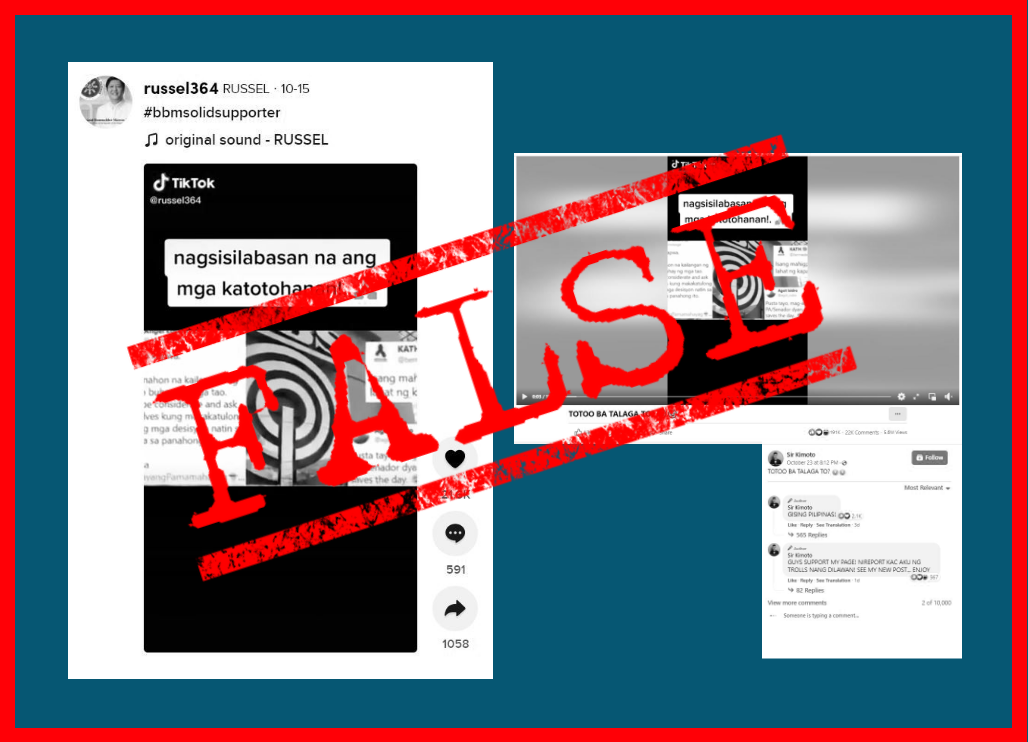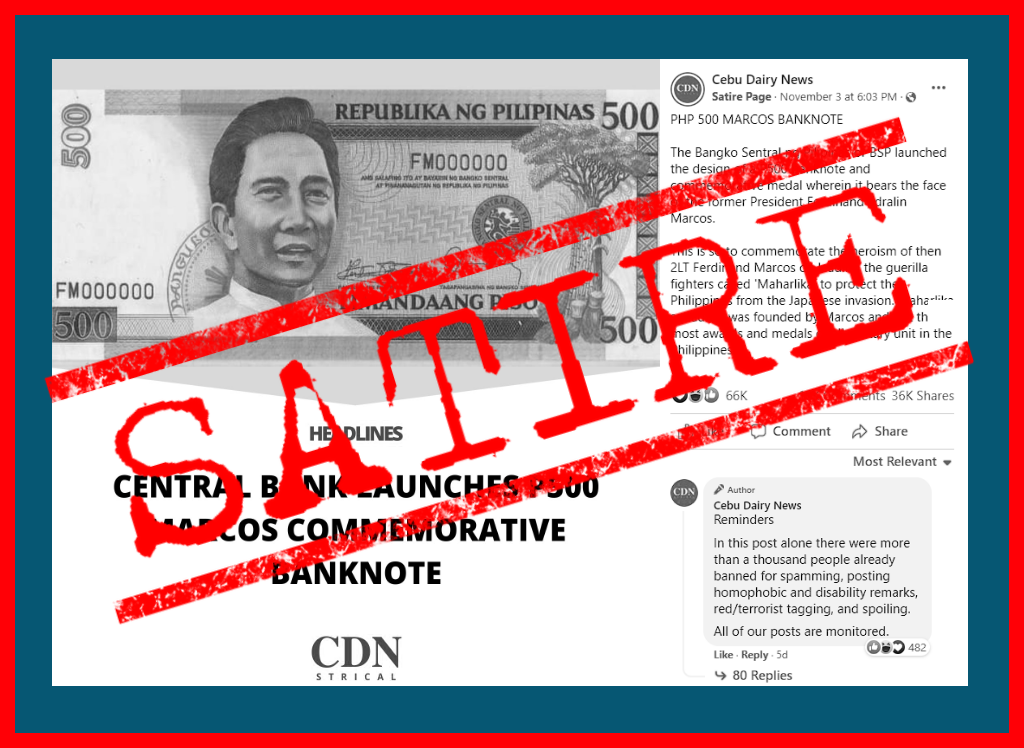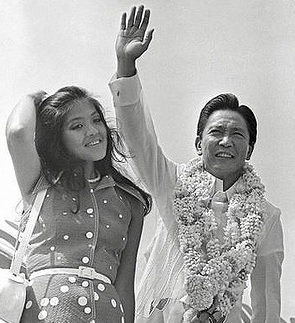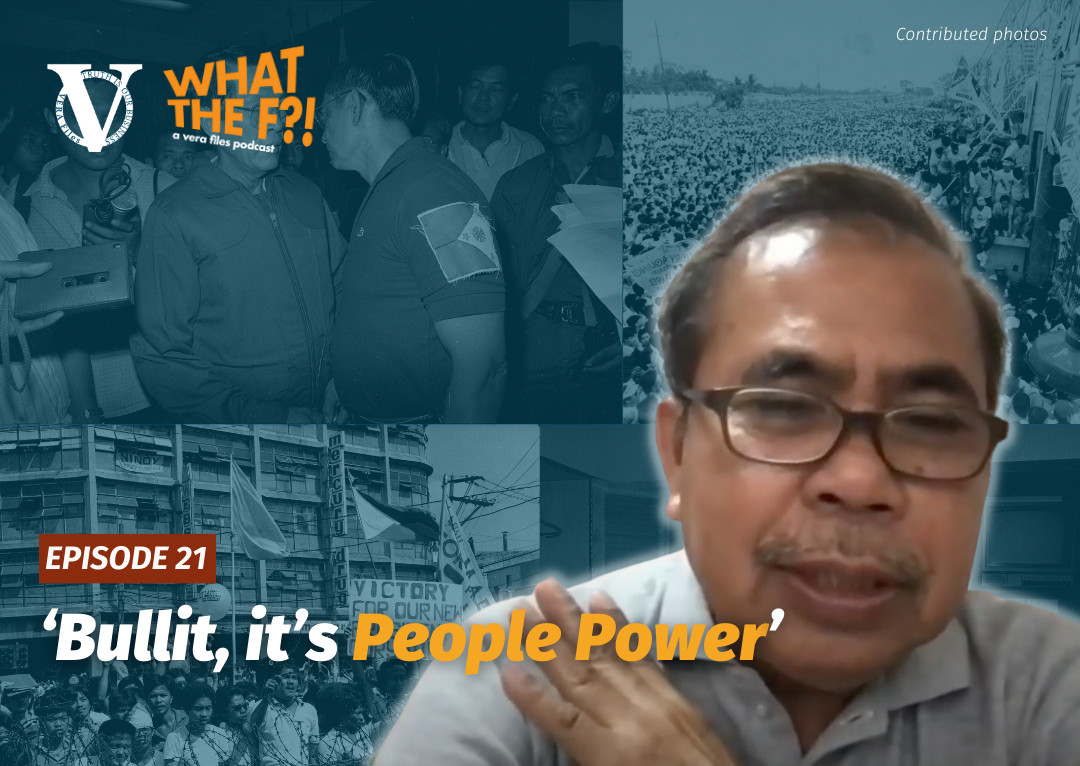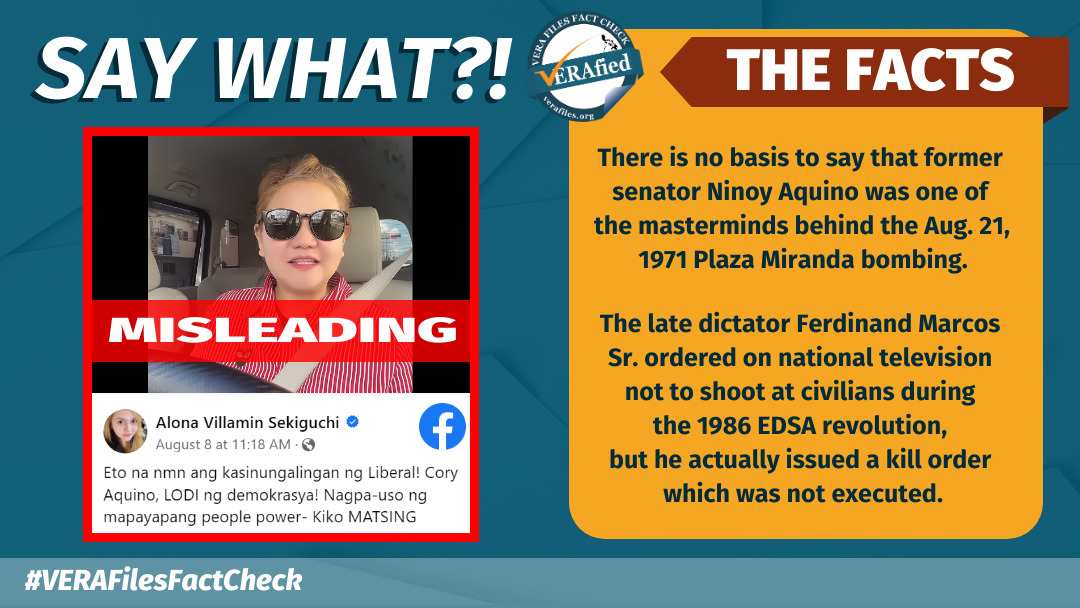The execution was macabre and bloody. The man had readily confessed he was a Japanese collaborator. His hands were tied to two carabaos that were then whipped to run in opposite directions. It was a slow death by literal corporal dismemberment. The body parts were then hung and displayed on the branches of a tree. Guerilla anger at the prisoner’s evils against the people must have been so unforgiving that what was ghastly became banal. The place was Sapilang, Bacnotan, La Union. The date was March 8, 1945.
That was how Mariano Marcos, the father of Ferdinand Marcos, died in the hands of guerillas, according to World War II guerilla accounts. That was not what his son Ferdinand Marcos had told the Filipino people.
Ferdinand Marcos adapted the storyline the other way: the Japanese killed his father. Even the Official Gazette reflected the Marcos revisionist attempt at government expense. On March 26, 1970, it recorded, Marcos went to San Fernando, La Union from Baguio to lay a wreath at the “memorial to local heroes and martyrs, notably his father Don Mariano.” To complete the coverup and whitewash even the site of execution, he established in Sapilang the campus of the Don Mariano Marcos Memorial State University by presidential decree no. 1778 in 1981.
The whitewash was actually very calculated. Even while he was still in the Senate, Marcos had begun sugarcoating the truth about his collaborator father. On June 22, 1963, Republic Act 3753 carved a part of Dingras, Ilocos Norte to create the town of Marcos “in honor of his father.” And here’s the absurdity: Five new barangays were named after the four Marcos children: Barangay Ferdinand Marcos, Barangay Pacifico Marcos, Barangay Elizabeth Marcos Keon, Barangay Fortuna Marcos Barba, and a barangay named Imelda, all while these family members were still living. He did the blatant family self-adulation while he was in office as senate president.
Marcos was a history revisionist par excellence.
Was Mariano Marcos truly a Japanese collaborator? The eminent scholar and University of the Philippines professor of history Ricardo Trota Jose, whose disciplinary expertise includes World War II and the Japanese Occupation, studied in Japan for his doctorate degree at Tokyo University of Foreign Studies. Jose showed me Japanese war diaries. The evidence one sees on the documents is extremely disturbing. There on pages 62 and 63 were these lines as a Japanese war interpreter of the Japanese Propaganda Corps wrote them:
“8 March 1943, Went on propaganda and pacification (work). This morning departed with the propaganda squad for MAKASHIN* village in the SAN FERNANDO sector, together with MARCOS (former governor of North ILOCOS province, national parliament member), of the KAMISHIBAI squad, the medical treatment squad from the Medical section, and the town-headman. (We) assembled the population of the nine villages of the area, and in a field under the shade of trees, the famous MARCOS made an impassioned speech for a KAMISHIBAI lasting one hour and a half.”
“13 March 1943, When I got up and looked around, I saw around 1,000 residents assembled at the state government office square preparing for radio calisthenics. Last night, it was decided that the propaganda squad, by a town-headman’s order would put on a KAMISHIBAI and lectures here (the seat of the ABRA provincial government office). 1,200 or 1,300 people assembled at BANGUED and Mr. MARCOS performed a KAMISHIBAI putting a great amount of feeling into it.”
Dr. Jose explains what a Kamishibai is. “It is a picture show with pictures (paintings, etc.) used to tell a story. They were very popular in Japan as a means of entertaining Japanese children. They were used in the Philippines for propaganda work. Given the tone of the story, it seems apparent that Marcos had been working for the Japanese for some time.”
To find corroboration, I pored over guerilla rosters of the Ilocos. The complete roster of guerillas of the Ablan’s Guerillas that operated in Northern Luzon number 802 pages. There was no Mariano Marcos there. There was a Marcelino Marcos (Private 1st class), a Guerrero Marcos (Private), and a Rodrigo Marcos (Private). No Mariano Marcos fought against the Japanese for Filipino freedom.
Yet scholars and writers have seen the guerilla documents that narrate the Mariano Marcos execution in La Union exactly as it is described above. The information came from Major Robert Lapham who was the over-all commander of the Luzon Guerillas Army Force. Years later, a descendant of one of the guerillas narrated the story. “Mariano Marcos was captured by the guerrillas led by my paternal grandma’s brother, and executed at Sapilang, Bacnotan, La Union. My surviving uncle who was one of the guards could attest to the story.
That was the second time Ferdinand Marcos lied to the Filipino people. When was the first time he lied? It was when he said he did not kill Julio Nalundasan on the night of September 20, 1935, despite the overwhelming evidence to the contrary from a principal witness to the meetings in the Marcos home and the missing rifle from the UP armory. Primitivo Mijares, writing his now famous “The Conjugal Dictatorship of Ferdinand and Imelda Marcos,” reminds us that among all the accused, only Ferdinand Marcos had access to the UP armory. The National Bureau of Investigation had evidence that the missing rifle was the one used in killing Nalundasan.
The Marcoses regale us with their fantastic habitual myths because they think we are gullible to swallow every bit of lie they make up just to convince us they are not what they are.
Use “told a lie” in a sentence.
The views in this column are those of the author and do not necessarily reflect the views of VERA Files.

